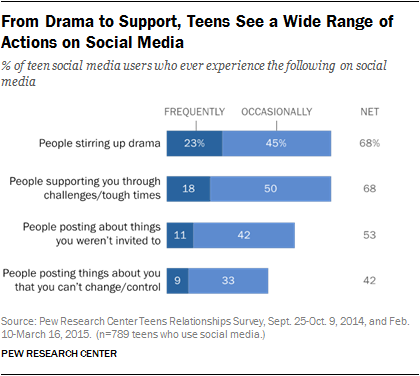Digital Well-Being: Balancing Screen Time and Family Time
Discover the art of balancing screen time and family moments. Explore effective strategies to enrich your family life while staying connected in the digital age.
The Digital Dilemma
In the age of smartphones, tablets, and endless online content, finding equilibrium between screen time and family time has become a significant challenge. As parents, we're navigating uncharted territory. Let's explore the path to digital well-being, where the whole family can thrive.
A New Era of Parenting
Welcome to the era of digital parenting. It's not about resisting technology; it's about using it wisely to enhance our lives, relationships, and the well-being of our children.
 |
The Power of Empowerment
Empowerment is at the core of our journey to digital well-being. It's about understanding and making conscious choices. Here's how to get started:
1. Setting Boundaries
Just as we establish physical boundaries to keep our children safe, setting digital boundaries is crucial. These boundaries may involve defining screen time limits, designating device-free zones (like the dinner table), and ensuring adequate sleep without screen interference.
Example: At your house, designate the living room as a no-screen zone. It can be a space for face-to-face conversations and quality time.

*Recommended screen time for children of different age groups in minutes
2. Quality Family Time
Make family time enjoyable and interactive. Engage in activities that everyone can participate in, such as board games, outdoor adventures, or cooking together. When family time is fun and rewarding, it naturally competes with screen time.
Example: As a family dedicate weekends to explore nature. Hiking trails and picnics can become digital-free adventures.
3. Open Communication
Create an environment where your children feel comfortable discussing their digital experiences. Encourage them to share what they've learned online, and be open to their interests.
Example: Have open conversations about online safety and the content they're consuming. It helps them make responsible choices.

*% of teen social media users experiences
4. Lead by Example
As parents, we need to model the behaviour we want to see in our children. If they see us constantly glued to our screens, it's challenging for them to embrace a balanced approach.
Example: Make it a habit of putting your devices away during family time. This sends a clear message that we value these moments.

*Main reasons parents give their child a digital device
5. Quality Over Quantity
Remember, it's about quality, not quantity. A few minutes of focused interaction are more valuable than hours of distracted attention. Give your children your full presence during your time together.
Example: You'll find that even a short, dedicated story time before bed creates a lasting bond.
 |
| *Majority of parents are concerned about their child's screen time |
The Digital Support System
We're not alone on this journey. There are numerous apps and tools designed to help us manage screen time, protect our children online, and monitor their activities. Find what works for your family and use these tools as allies in your pursuit of digital well-being.
Digital well-being is about navigating the digital world together. It's not about resisting the digital age but embracing it mindfully. By setting boundaries, fostering open communication, and cherishing quality family moments, we empower ourselves and our children to enjoy the best of both worlds.


.jpg)


.jpg)
